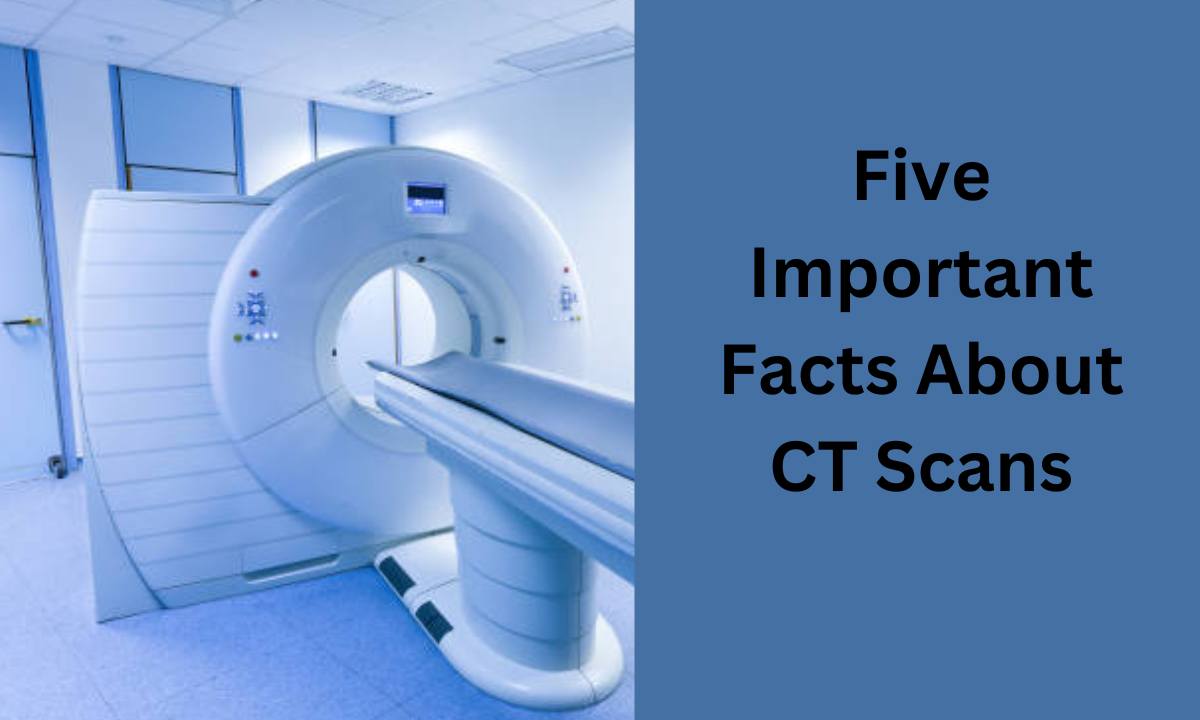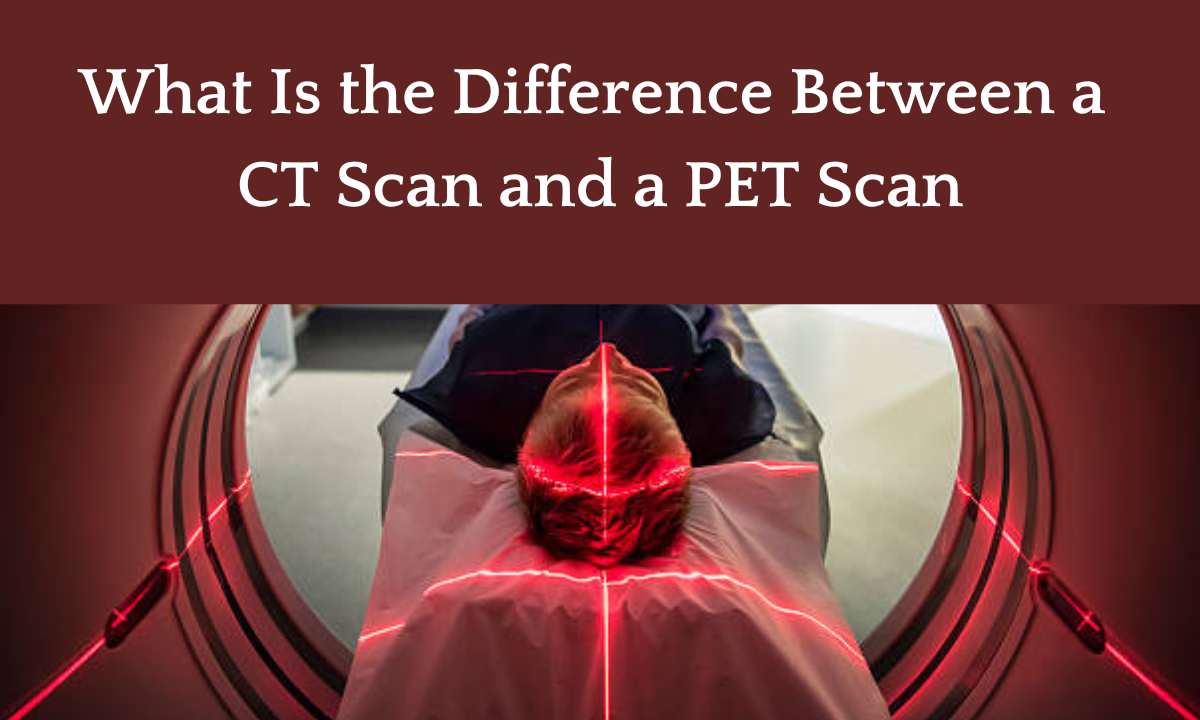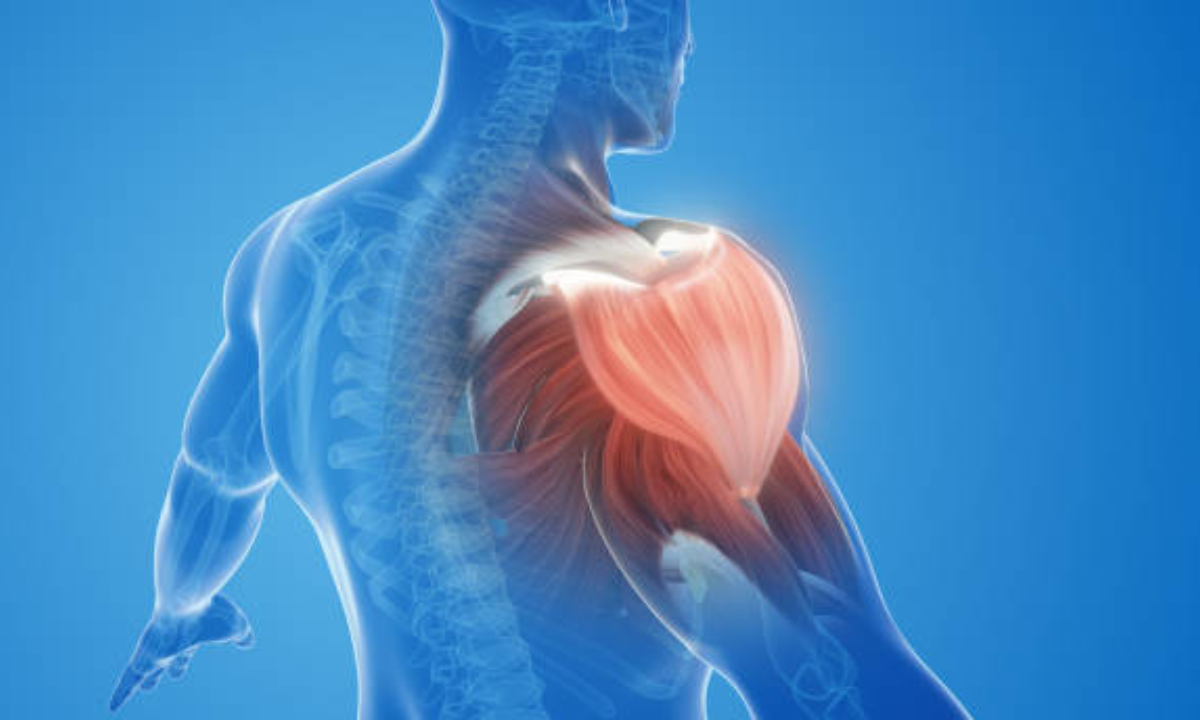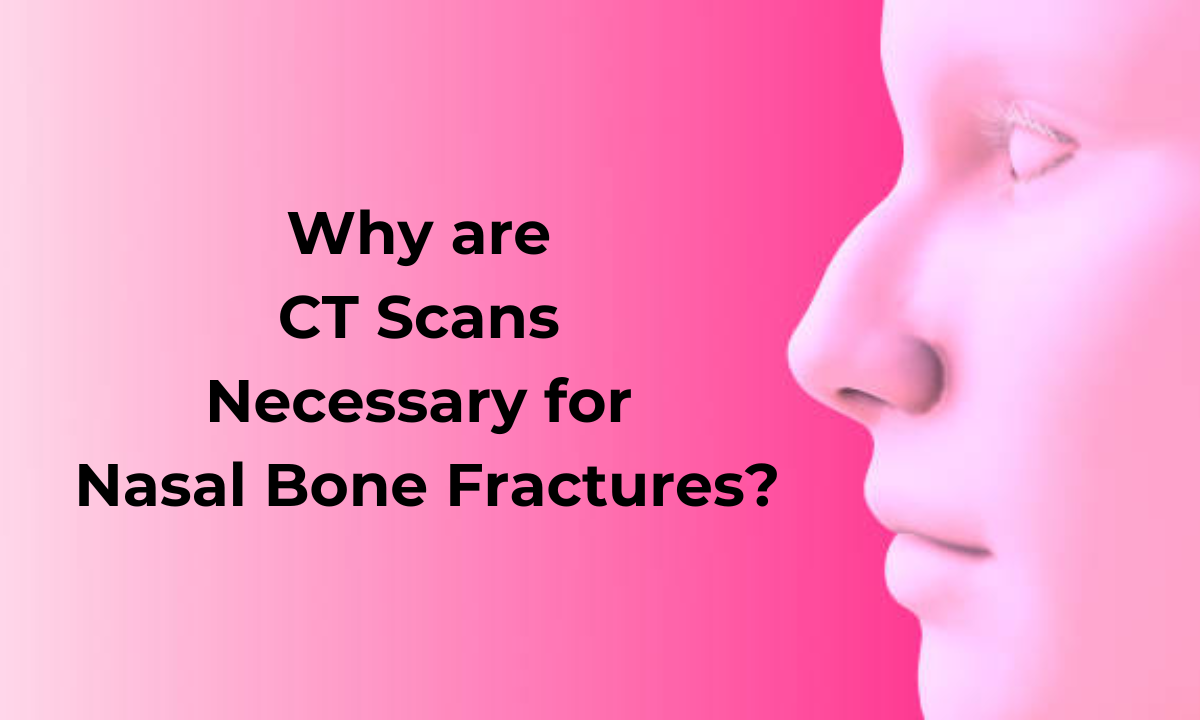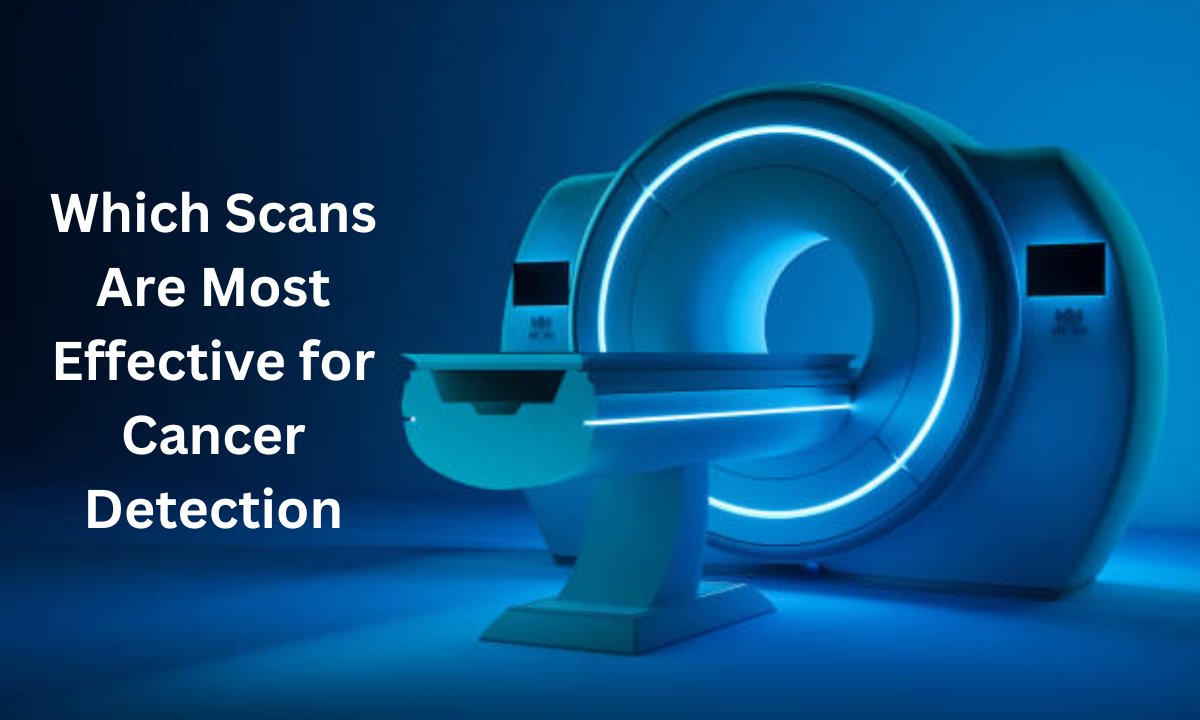Introduction
Medical technological advancements are resulting in a new age in computed tomography (CT). You could be surprised by the improvements achieved if it has been some time since your hospital replaced its CT scanner. The world of CT systems has seen significant changes, from improved patient experiences to ground-breaking scientific discoveries. This blog examines the most current developments that have changed CT technology recently and offers a look at what may lie ahead through 2023 and beyond.
Photon-Counting Technology: A Revolutionary Development
The core underpinnings of CT imaging have been transformed with the advent of photon-counting CT technology. The FDA-approved NAEOTOM Alpha from Siemens Healthineers exemplifies the possibilities of this dual-source technology. Unlike conventional CT, photon counting streamlines the process into a straight conversion to electrical impulses by bypassing the transformation of X-ray photons into visible light. This invention results in high spatial resolution CT data, higher contrast-to-noise ratios, noise-free images, and lower patient radiation exposure since it maintains the original X-ray information.
The influence of photon-counting CT goes beyond radiology, enabling more accurate visualisation of previously tricky structures. Patients gain from lower radiation exposure and better image quality because of increased dose efficiency and direct signal conversion.
Screening for Low-Dose Lung Cancer: Increasing Access and Payment
There has been a notable change in the screening environment for lung cancer. The Centres for Medicare & Medicaid Services widened the eligibility requirements, enabling individuals as young as 50 and those with a history of 20 packs of cigarettes per year to get low-dose lung cancer tests. With this modification, the number of eligible patients is expanded, and the reimbursement rate rises from $80.90 to $111.19.
With developments like the SOMATOM Go, CT technology has advanced to satisfy this need. Because of the system’s mobile controls, both patients’ and technicians’ workflows are enhanced. By giving providers a choice between conventional CT equipment and mobile options, screenings may be brought directly to the community, increasing participation rates.
Enhancing Mobility: Changing Critical Care
In particular, intensive care units (ICUs) are finding that mobile CT systems are transforming critical care environments. Traditional patient transportation presents dangers, particularly for patients who have just had an acute brain injury. Systems for mobile head CT, such as the SOMATOM On. By placing the scanner at the patient’s bedside, the website overcomes these difficulties. With this strategy, risks are minimised, travel time is reduced, and high-quality imaging is always provided at the point of service.
Innovations Beyond the Scanner: Creating Healing Spaces
Beyond hardware, CT technology is developing. By making CT rooms serene spaces, providers are improving the patient experience. These facilities use lighting, art, and projection technology to reduce patient tension and anxiety. Patients gain from this change, which also enhances technicians and workflow effectiveness.
Adopting a holistic perspective
The development of CT technology has advanced extraordinarily. The fast expansion of CT is changing how healthcare is delivered, from mobile solutions and patient-centred settings to advances in photon counting. These developments fit into a more significant trend towards patient-centred care, where technology and empathy combine to provide comprehensive treatment.
Conclusion
The renewed popularity of CT technology is fueled by developments that improve patient care, diagnostic precision, and operational effectiveness. We must embrace these trends and change at the intersection of innovation and healthcare. Over the last several years, the advancements in CT technology are just one example of the limitless opportunities that lay ahead, promising a future in which patient-centeredness, accessibility, and accuracy will characterise healthcare.


